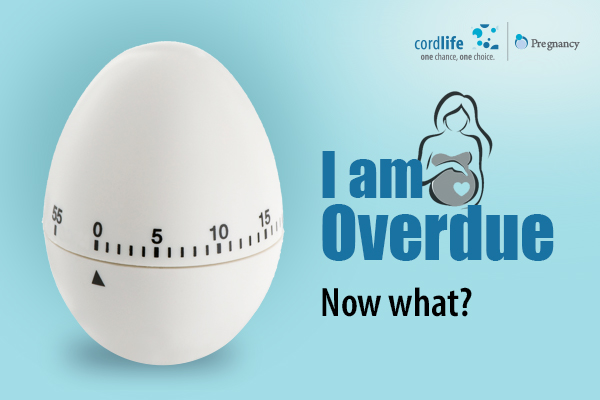Table of Contents
Normally, a pregnancy that lasts about 40 weeks is called a full-term pregnancy. This is measured as 280 days from the first day of the last menstrual cycle. Post-term, extended, or delayed is the name of a pregnancy that lasts for more than 42 weeks. Prenatal care will continue after you pass your due date. Rest assured, an overdue pregnancy will not last forever. Labour could begin at any moment.
Causes for Overdue Pregnancy
- Your due date was wrongly determined, probably because of uncertainty about the exact date of the beginning of your last menstrual cycle or whether your due date was based on a late second- or third-trimester ultrasound.
- This is your first pregnancy.
- You have a history of giving birth to post-term babies.
- You are overweight or obese.
- Your family has a history of giving birth to post-term babies.
Risks of an Overdue Baby
Some of the most potential dangers with a post-term infant are:
- Breathing problems in the baby
- Slowed or no development due to placental failure
- Low amniotic fluid (oligohydramnios), which can affect the heart rate of your baby
- Fetal distress — a slowed heartbeat and other signs the baby is in trouble
- Meconium in the lungs of the baby, which can lead to serious respiratory problems
- Stillbirth, when a baby dies before delivery
Overdue pregnancies can also involve delivery complications like:
- Severe vaginal tears
- An infection that might develop inside the womb
- Postpartum bleeding
To avoid these risks and complications, there are tests to assess how the unborn child is doing. Doctors may ask you to be extra vigilant in performing kick counts, and records of your baby’s movements. Certain tests will enable doctors to recognise potential issues that could affect you or your baby.
Nonstress Test (NST)
This uses a fetal monitor to track your baby’s heart rate for a period of time.
Contraction Stress Test (CST)
This measures your baby’s heartbeat when the uterus is contracting to determine fetal distress.
Biophysical Profile (BPP)
This includes a combination of foetal heart rate monitoring and an ultrasound test. It allows the foetal heart rate, movement, and muscle tone to be tested by the doctor.
Cervical Examination
This manual test helps the doctor to assess the cervix condition. During childbirth, the cervix completely dilates and clears, so your doctor can check for signs of maturation that may signal that labour will soon begin.
Your health care provider will also do the following:
- Verify that your due date is right by checking when you had your last period.
- Measure your blood pressure and screen for protein in your urine.
- Check your bump to verify your baby’s position and size.
- Perform a vaginal test to see if your cervix feels soft, stretchy and ready for labour.
Your doctor will also take your circumstances into account, such as:
- your age
- your weight
- any complications in your pregnancy, such as diabetes, pre-eclampsia or high blood pressure
- your baby’s health and growth in the womb
- any history of stillbirth
These factors will help them decide if induction is the best option for you. Some induction methods of varying efficacy are exercise, membrane sweeping, breaking your bag of waters, acupuncture and medication (prostaglandins or Pitocin).
Although it may be hard to wait, there are benefits to allowing your baby time to grow before entering the world. The majority of overdue babies are now normally born without any issues. It is usual to recommend inducing labour after a certain time has passed, even though the mother and baby are doing well.
